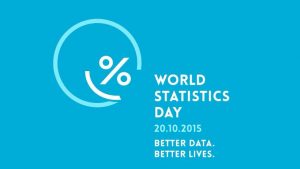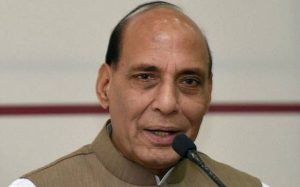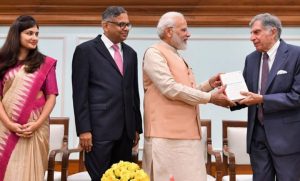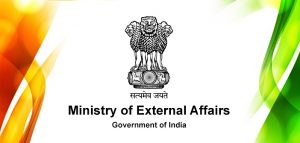VisionIAS
19:04
Insight IAS Prelims 2020 SUBJECT WISE Test 7 With Solution PDF
Click Here to download Insight IAS Prelims 2020 SUBJECT WISE Test 7 Question
Click Here to download Insight IAS Prelims 2020 SUBJECT WISE Test 7 Answer
Click Here to Like our Facebook page for latest updates and free ebooks

















